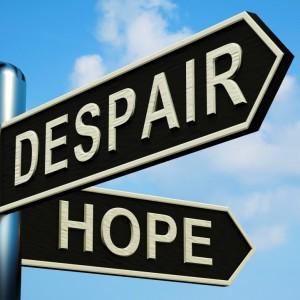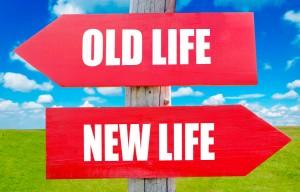
Divorce is far from being easy whether you are the one disconnecting, the one being disconnected from, or the disconnection is a mutual decision made by both parties. The combination of fear, grief, sadness, hurt, and sometimes joy creates quite the emotional roller coaster.
In their Friendly Divorce Guidebook, Steven Abel, JD, S.W. Whicher, JD, and M. Arden Hauer, JD offer their invaluable insight, direction, and most importantly “go to” information that encompasses divorce (A must book to have if you are contemplating or going through a divorce!)
A segment of their book discusses the emotional sequence of divorce, which for most people, follows a fairly typical pattern. Although the timing of each phase may vary, everyone goes through these stages.
The Emotional Sequence of Divorce
Crisis. This is the critical point in time when the relationship is coming apart at the seams, when one person has decided to leave the marriage or announces that it’s over well before the other person. The one in this position may begin to “uncouple.” However, at this stage both people could also be at the same place and feel the same way about the marriage and want to divorce.
Reactionary. By and large, this phase feels “crazy.” This phase can and often does extend over several months with its own identifiable stages.
In his book, Rebuilding When Your Relationship Ends, (another great book to have!) Dr. Bruce Fisher writes about the five stages of an emotional divorce that parallel the five stages of grief, originated by Dr. Elisabeth Kubler-Ross. Grief is not only about sadness but about loneliness, at times anger and agitation, a sense of feeling weak, vulnerable, and feeling helpless. It can show up as feeling unmotivated to do things – things that were previously very easy to accomplish.
Stage 1. Emotional Shock. Things feel surreal. Denial. Think: “This isn’t happening to me.” During this stage, we tend to suppress the anger and hurt and deny its depth as though nothing is happening. We put on a front, our best manners. We harbor our sadness and put up walls to keep people out because the hurt is too overpowering.
The next four stages are about learning how to accept the end and letting go.
Stage 2. Anger is the predominant feeling during this next stage. Anger gets turned outward towards others. People will outwardly express how bad their husband/wife treated them and how difficult it was to be married to them. However the Catch-22 during this stage is that despite the emotional door still being open to some degree, the outward expressed anger often closes this door with little chance of reconciliation. A strong ambivalence about wanting the spouse back also presides during this stage.

Stage 3. During this stage, there is still an attempt to prolong the relationship. People tend to bargain and compromise and make deals with their spouse. They may find themselves over accommodating. The danger, however, in doing this is if the couple reunites, the accommodating that was previously done cannot be sustained.
People find themselves angrier than before. The accommodating may be the result of people who struggle with loneliness and unhappiness at the ending of the relationship tend to choose the lesser of two evils – the spouse.
Stage 4. This stage usually begins after a long separation. People feel “the blahs” – often exhibited through internal questioning and some depression. A person will often ask themselves, “Is this it?” “Is this all there is to life?” Despite the questions and feeling blah, there is conversely internal growth through the development of a stronger identity.
People begin to feel that life is more meaningful with a stronger purpose. But, beware of the flip side – some people recognize their hard work has resulted in the ending of the relationship and can become suicidal.
Stage 5. Acceptance. Acceptance of the loss of love yet feeling free of the pain of the grief. The end of the grief is the acceptance of the end of the relationship. Internal peace and moving on bring the transition of divorce and the feelings of grief full circle.
Although each person has their own journey and will go through the stages differently, there is benefit to going through all these stages. In most cases, though difficult and challenging, going through these stages can get you to the place you need and want to be in your life.
C. Recovery. The stage is all about healing, a sense of peace, empowerment, and moving on with your life in a healthy and productive manner.
Divorce, like marriage, is not for the faint at heart. Despite the similarities in the emotional sequence of divorce, each divorce is unique in its own right.
Everyone has their own personal journey….


